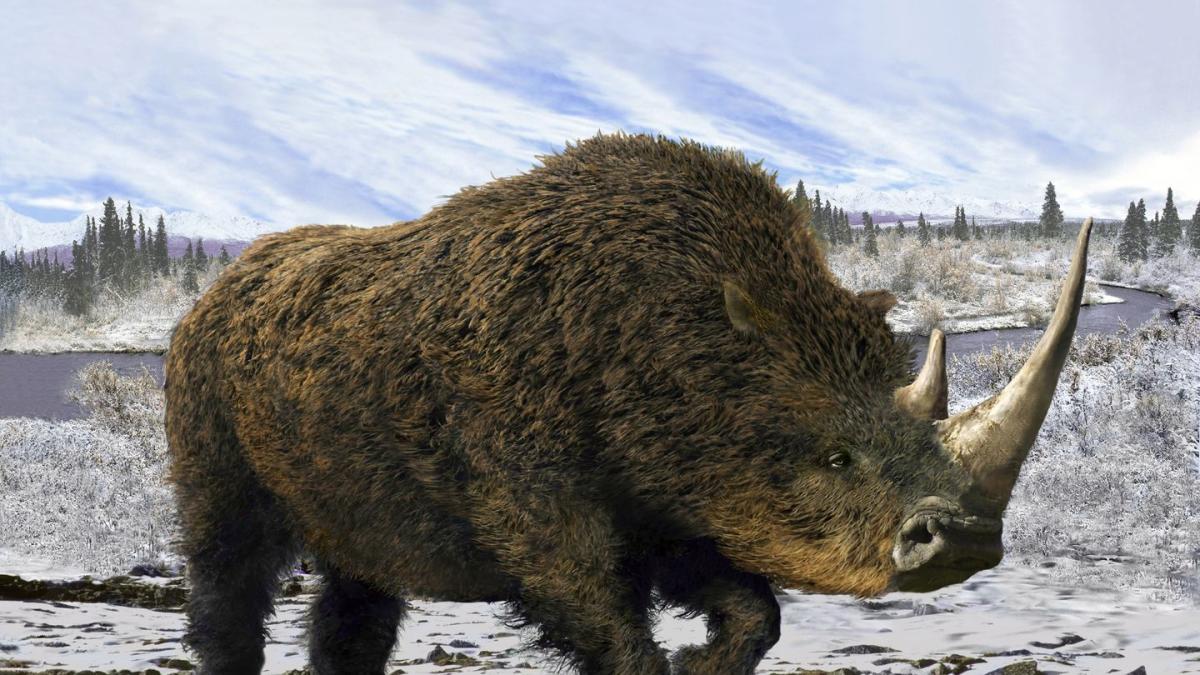Scientists have achieved a significant milestone by reconstructing the mitochondrial genome of a European Woolly Rhinoceros for the first time. A critical step in this process involved extracting DNA from fossilized hyena feces. This DNA was then used by the team to track the lineage of the rhinos. While the remarkable part should be the historic reconstruction of the European woolly rhinoceros’s mitochondrial genome, the source of the DNA is equally fascinating: it was extracted from fossilized hyena poop.
The research, published in the journal Biology Letters, indicates that the decline of the Coelodonta antiquitatis, a significant species of the Eurasian Pleistocene megafauna, began approximately 10,000 years ago. Despite the early recovery of several specimens from archaeological sites, no genomes of the population have been available, with all genomic data originating exclusively from Siberian populations. To address this gap, the research team turned to two caves in Germany, where they discovered fossilized feces of hyenas, a major predator of the rhino.
By utilizing coprolites (fossilized feces) of cave hyenas recovered from Middle Paleolithic layers of the German caves, the authors were able to isolate and enrich both predator and prey DNA, leading to the assembly of the first European woolly rhinoceros mitogenomes in addition to cave hyena mitogenomes. Despite facing considerable DNA degradation, the team was still able to demonstrate the genetic distinctness of the European woolly rhino’s mitogenomes from the Siberian woolly rhino, indicating a split in populations potentially coinciding with the earliest fossil records of woolly rhinoceros in Europe, dating back around 450,000 years ago.
Peter Seeber, a study author from the University of Konstanz in Germany, highlighted that the newly obtained results could contribute to elucidating population dynamics. The insights gained from the study may aid in predicting the future developments and fate of extant wildlife populations. Additionally, the occurrence of variability in the woolly rhino’s mitochondrial lineages suggests that the population dynamics over its vast range could have been quite complex. Further data from various locations throughout Europe is required for solid conclusions on the population dynamics and ecology of this species.
Thus, the extraction of information on the woolly rhino from ancient poop may not be over, as the availability of more fossilized poop could provide further insights into the species, contributing to the ongoing research on this iconic species.















